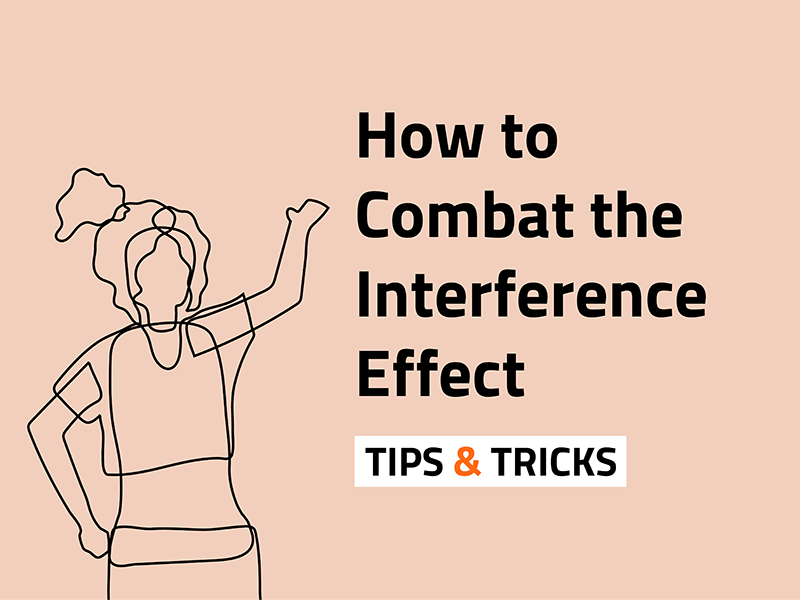As the name implies, the idea is that the body may be physiologically incapable of simultaneously adapting to strength and aerobic loads, since they are based on various mechanisms that compete with each other.

Picture from Hawley, John A., et al. "Integrative biology of exercise." Cell 159.4 (2014): 738-749.
Here are the things to keep in mind when you consider whether or not to engage in concurrent training:
- The body can adapt to combined aerobic and strength/power loads, but only up to a certain point. Generally the adaptation threshold occurs when an athlete combines strength training with high-intensity aerobic exercise at the level of 80% of the VO2max and above, or the frequency of aerobic training exceeds 4 sessions per week.
- The higher the intensity of aerobic training, the higher the risk of running into the adaptation threshold when combining strength and aerobic training. Therefore, to avoid the interference effect, you should combine strength training with low-intensity aerobic training that does not cause glycogen depletion.
- The appearance of the interference effect will depend not only on the intensity and frequency of aerobic exercise, but also on the specific strength training protocol. Explosive-type strength training and plyometrics are better combined with aerobic exercise compared to classic training for gaining muscle mass.
- Generally the combination of high-intensity running/cycling with upper body strength training does not cause the interference effect in trained athletes if the training is carried out on separate training sessions or days.
- You should ideally rest for 24 hours between aerobic and strength training. Resting 48 hours between strength and aerobic training minimizes the risk of interference.
- In most cases, the combination of strength and aerobic work in one training session is less effective than isolated sessions. If you decide to combine aerobic and strength workouts in one session, you should first do the low-intensity aerobic part and then the strength part of your training for the optimal effect.
- If you have 2 multidirectional workouts per day, you should do aerobic first, then strength. You should space the sessions at least 6 hours apart, because anything less leads to maladaptation.
- The risk of the interference effect is significantly reduced when you use combined load for a period of 2-4 weeks, and then take a break to concentrate on either strength or endurance training. Rest, recover, repeat.
- Supplementation with glutamine and leucine when combining strength and endurance training may reduce the risk of muscle mass loss.
All that said, if you start your personal fitness programme with a view of reducing your body fat, concurrent training is the way to go, as it leads to greater losses than either strength or aerobic workouts alone. Also, if your primary fitness goal is endurance, not strength training, you can incorporate strength training into your routine without fear of interfering with your aerobic capacity.
At Abe Health, we believe life is about balance, and we want to help you find that balance in your fitness journey. Use our AI-powered platform to discover suggestions of possible training methods and a database of appropriate exercises.
References
Wilson J.M., Marin J.P., Rhea M.R., Wilson S.M., Loenneke J.P. & Anderson J.C.
(2012) Concurrent training: a meta-analysis examining interference of aerobic and resistance exercises.
Taipale R.S., Mikkola J., Vesterinen V., Nummela A. & Häkkinen K. (2013)
Neuromuscular adaptations of strength vs. power training or a combination of both during combined strength and endurance training in endurance runners.
Schumann, M., Walker, S., Izquierdo, M., Newton, R. U., Kraemer, W. J., & Häkkinen, K. (2014) The order effect of combined endurance and strength loadings on force and hormone responses: Effects of prolonged training.
Baar K. (2014) A review article: Using molecular biology to maximize concurrent training.
